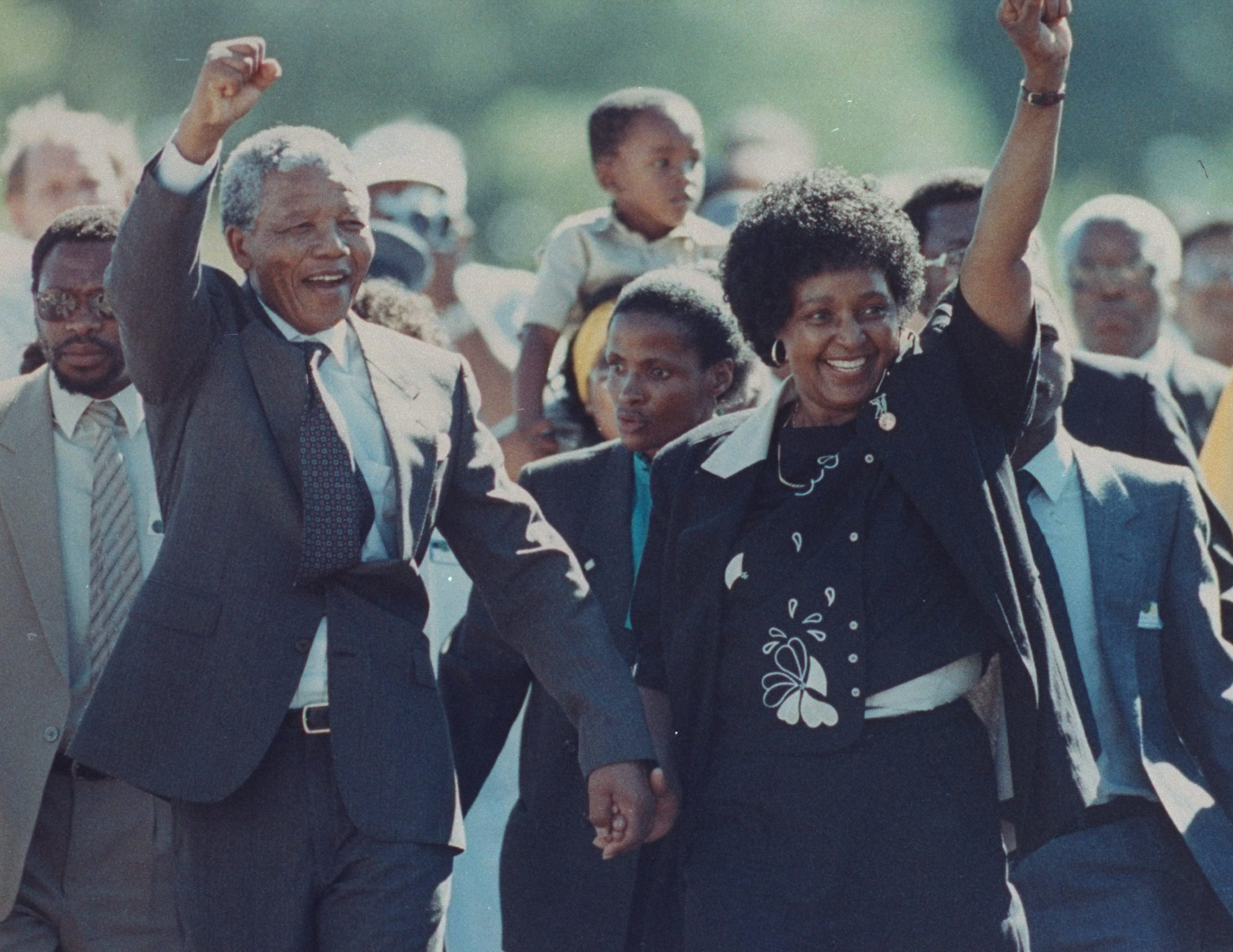



johndoe@gmail.com
Are you sure you want to reset the form?
Your mail has been sent successfully
Are you sure you want to remove the alert?
Your session is about to expire! You will be logged out in
Do you wish to stay logged in?
With a diverse range of genres, styles, and traditions set against the historical backdrop of apartheid and resistance, the musical culture of South Africa is a complex and vibrant one. From South African popular music and heavy metal to Zulu aural culture and music and activism, these specially-curated and freely accessible chapters explore five key subjects across the music of South Africa.

From the storied ache of mbube harmonies of the '40s to the electronic boom of kwaito and the amapiano and house explosion of the '00s, South African Popular Music explores vignettes taken from across South Africa’s popular music history.
There are moments in time where music can be a mighty weapon in the fight for freedom. Disguised in a danceable hook or shouted for the world to hear, artists have used songs to deliver important truths and bring listeners together in the face of a segregated reality. In the grip of the brutal apartheid era, South Africa crafted its own idiosyncratic popular musical vernacular that operated both as sociopolitical tool and realm of escape. Lior Phillips’ book intricately explores this relationship between music and political climate, and deftly illuminates how, in a country with 11 official languages, music had the power to unite South Africans in protest.
Explore further by reading the chapter “Free Nelson Mandela" from South African Popular Music by Lior Phillips.

Having emerged in response to the experience of forced labour migration in the early 20th century, maskanda continues to straddle a wide range of cultural and musical universes. In Hearing Maskanda, author Barbara Titus outlines how people make sense of their world through practicing and hearing maskanda music in South Africa. Maskanda musicians reground ideas, (hi)stories, norms, speech and beliefs that have been uprooted in centuries of colonial and apartheid rule by using specific musical textures, vocalities and idioms.
In this chapter, Titus uses an ethnographic approach to explore how participants in maskanda music express and present their own understanding of Zulu culture, ideas, and practices.
Explore further by reading the chapter “Knowing Zuluness Aurally” from Hearing Maskanda: Music Epistemologies in South Africa by Barbara Titus.

Heavy metal in South Africa has experienced a distinctly political development historically. South Africa’s global marginalization during apartheid meant that many international bands boycotted the country, or simply did not regard South Africa as a viable market for touring: Metallica, for example, did not tour South Africa until 2006. Such marginalization also meant that the domestic metal scene in South Africa went largely unrecognized. Away from the attention of the Western world, heavy metal scenes had been steadily developing in South Africa prior to the official end of apartheid in 1994. The South African metal scene developed from existing punk and alternative rock subcultures in the 1980s and continued to diversify throughout the 1990s, supported by live scenes in urban areas. The 1990s saw the growth of varied regional scenes encompassing thrash, death, grindcore, doom and Christian Metal and, crucially, the development of an Afrikaans-language metal scene.
Explore further by reading Catherine Hoad’s chapter “Heavy Metal in South Africa” from the Bloomsbury Encyclopedia of Popular Music of the World, Volume XII: Genres: Sub-Saharan Africa.

Mzilikazi Khumalo (1932-2021), an iconic figure in choral music in South Africa, rose to prominence as one of Africa’s leading composers of art music. In The Music of Mzilikazi Khumalo, biographical essays on Khumalo’s major works for orchestra and opera are complemented by contextual studies of his compositions as well reflections on his roles as editor, conductor, and music director. Specifically in the context of South Africa's cultural and political transition from Apartheid to democracy, Khumalo's key role in establishing the Nation Building Massed Choir Festival, a multi-racial institution that forged an inclusive space for music, in the 1980s is discussed as evidence of his importance and relevance in South African culture. This volume addresses a lacuna in the literature on South African art music which until recently tended to focus on works in the classical tradition and shows that Khumalo is a composer without peer in his synthesis of classical and choral, traditional and contemporary.
Explore further by reading the chapter “Introduction: The Music of J. S. Mzilikazi Khumalo” from The Music of Mzilikazi Khumalo: Language, Culture, and Song in South Africa by editors Thomas M. Pooley, Naomi André, Innocentia Mhlambi and Donato Somma.

Activism through Music during the Apartheid Era and Beyond documents the grassroots activism of Sharon Katz & the Peace Train against the backdrop of enormous diversity and the volatile social and political climate in South Africa during the early 1990s. Among the intersections of race, healing and the “soft power” of music, Katz offers a vision of the possibilities of national identity and belonging as South Africans grappled with the transition from apartheid to democracy. Through extensive fieldwork across two countries (South Africa and the United States) and drawing on personal experiences as a South African of colour, Ambigay Yudkoff reveals a compelling narrative of multigenerational collaboration. This experience creates a sense of community fostering relationships that develop through music, travel, performances, and socialization. In South Africa and the United States, and recently in Cuba and Mexico, the Peace Train’s journey in musical activism provides a vehicle for racial integration and intercultural understanding.
Explore further by reading the chapter "Get on the Peace Train" from Activism through Music during the Apartheid Era and Beyond: When Voices Meet by Ambigay Yudkoff.
Visit our Previously Featured Content page to view other topics we have covered.